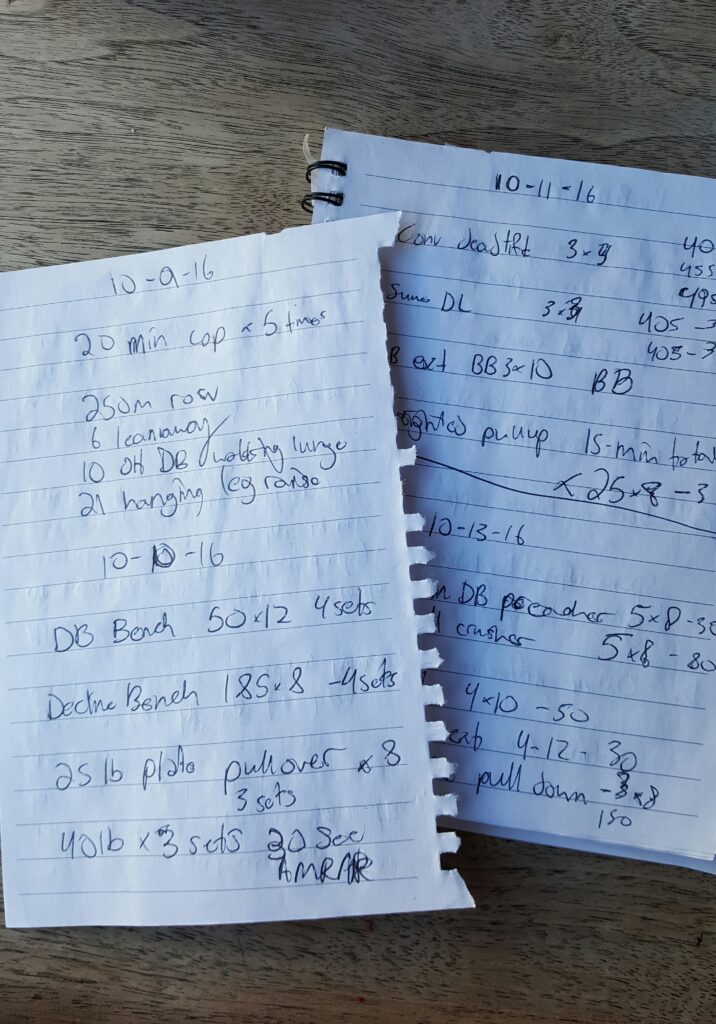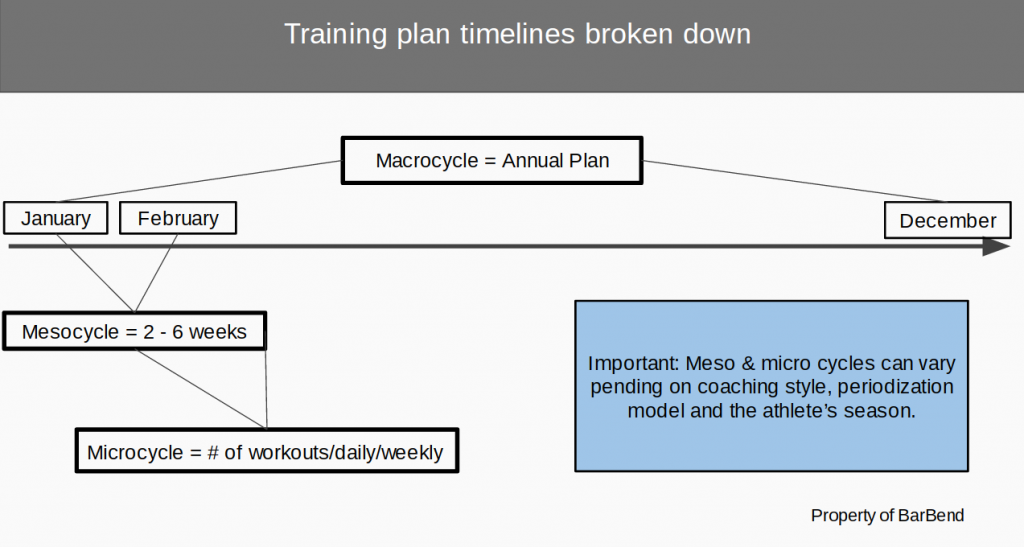The start of a new year adds an extra degree of excitement behind the goals we set. A new year means a fresh start, which means there’s a better chance of no initial mishaps to stall progress, aka a clean slate.
When it comes to creating fitness goals there’s a dilemma that I continually see clients make. Far too often I see trainees fall out of their groove due to goals that are either not specific enough, realistic, or even achievable. In comes the use of…SMART goals.
SMART goals is a concept many professionals use in and outside of the fitness industry. The origins of SMART goals doesn’t lie in fitness, but there are ways to cater the concept perfectly to your fitness needs. In this article I’ll cover what each letter means, and give examples of their use in fitness.
- S – specific
- M – measurable
- A – achievable
- R – realistic
- T – time based
Specific
The ‘S’ stands for the specificity of your goal. How is it tweaked and catered to you? These shouldn’t be vague umbrella-esque goals. When there’s a degree of specificity to what we work towards, then we gain an extra push as we feel it’s special to us.
Vague Goal: Get stronger this year.
Specific Goal: Improve my deadlift, squat, and bench press by 20 lbs. Increase the amount of weight I can clean & jerk by 5kg.

The above examples are specific to what you you’d like to achieve. You’re not just getting stronger, you’re improving on specific aspects of your fitness. When we create specific goals we open up a door that can provide further direction in how to reach our goal. If your goal is to increase your deadlift…what are your first specific steps?
Measurable
The ‘M’ stands for the measurability of your goal. In comes the common resolution goal we hear year after year, “I want to lose weight this year.” Lack of the ability to measure your goal sets you up for failure, how will you track your progress along the way?
Non-Measurable Goal: I want to lose weight. I want to go to the gym more.
Measurable Goal: I want to lose 10 lbs by the end of the winter. I want to attend the gym at least 3x a week this spring.
When you can track progress and measure a goal you can then further tweak it a long the way. The added ability to tweak a goal can provide more direction and can be a tool to motivate yourself. Once you can see you’ve consistently hit the gym 3x a week for 2-months, then there becomes added self-accountability.
[Read More: Best Workout Apps, CPT Tested and Approved]
Achievable
The ‘A’ in my mind is the most important letter. Is your goal achievable? Too lofty of goals can lead to frustration, anger, and lack of confidence in yourself. No one wants to feel as though they failed because they couldn’t reach their goal.
Lofty Goal: I want to add 200 lbs to my squat this spring. I want to lose 30 lbs in the next two months.
Achievable Goal: I want to improve my squat 5-10 lbs each month this spring. I want to lose 2 lbs every week for the next two months.
Often times beginners in fitness suffer from setting to lofty of goals more than experienced gym-goers. As you hit goals consistently in fitness two things will happen, which are key to personal growth. First, you build confidence in yourself and abilities. Second, you begin to build a better understanding of what your body can handle.
Realistic
The ‘R’ is similar to the ‘A’ in terms how most view them. A realistic aspect of a goal revolves around your resources. Do you have the tools to achieve what you’ve set your sights on? For example, if your goal is to lose weight – do you have the knowledge, tools, and someone to help?
Unrealistic Goal: I want to improve my clean & jerk numbers and technique (without gym membership/coach).
Realistic Goal: I want to improve my clean & jerk numbers and technique with the help of trainer/coach.
The realistic part of a goal should involve your resources. Often times when using SMART goals people think realistic is what achievable means. Think about the resources you have to reach a goal you’ve set. Who or what can you tap into for assistance and guidance?
[Read More: The Best Workout Apps for Men]
Time-Based
Now that you have a specific, measurable, achievable, and realistic goal – give yourself a timeline. The first four points can help you judge the amount of time you think it will take to reach your objective.

Non-Time Based Goal: Improve 1-RM squat max.
Time-Based Goal: Test and improve 1-RM squat max in the next 3-months.
A deadline can do wonders in terms of adding direction and motivation to your goal. When there’s an expiration date on something we’re set to achieve, then we begin to strategize better. Some pressure and urgency are both tools that can be used sparingly to push you.
SMART goal setting is a great tool for the strength athlete. We periodize and use multiple variables already with our workouts, diets, and other life aspects – why not use the same idea for our goals? Variables allow for constant tweaking and catering specifically to our needs, which is how you achieve greatness in fitness.
Editors note: This article is an op-ed. The views expressed herein are the authors and don’t necessarily reflect the views of BarBend. Claims, assertions, opinions, and quotes have been sourced exclusively by the author.